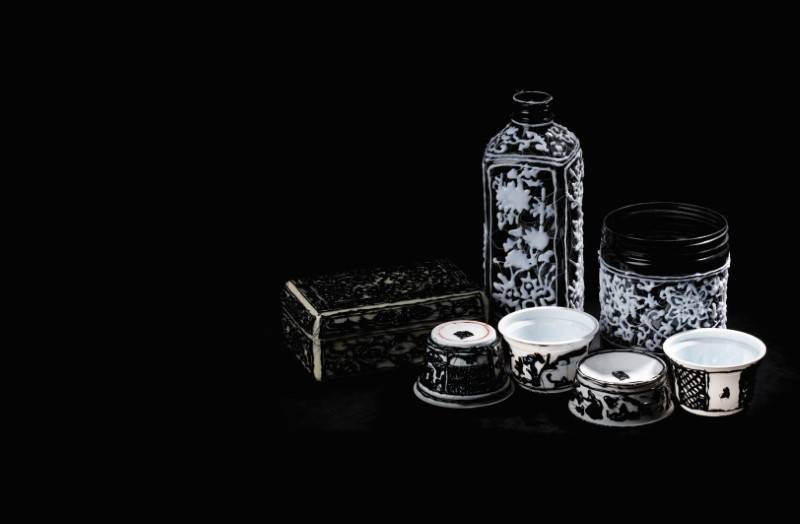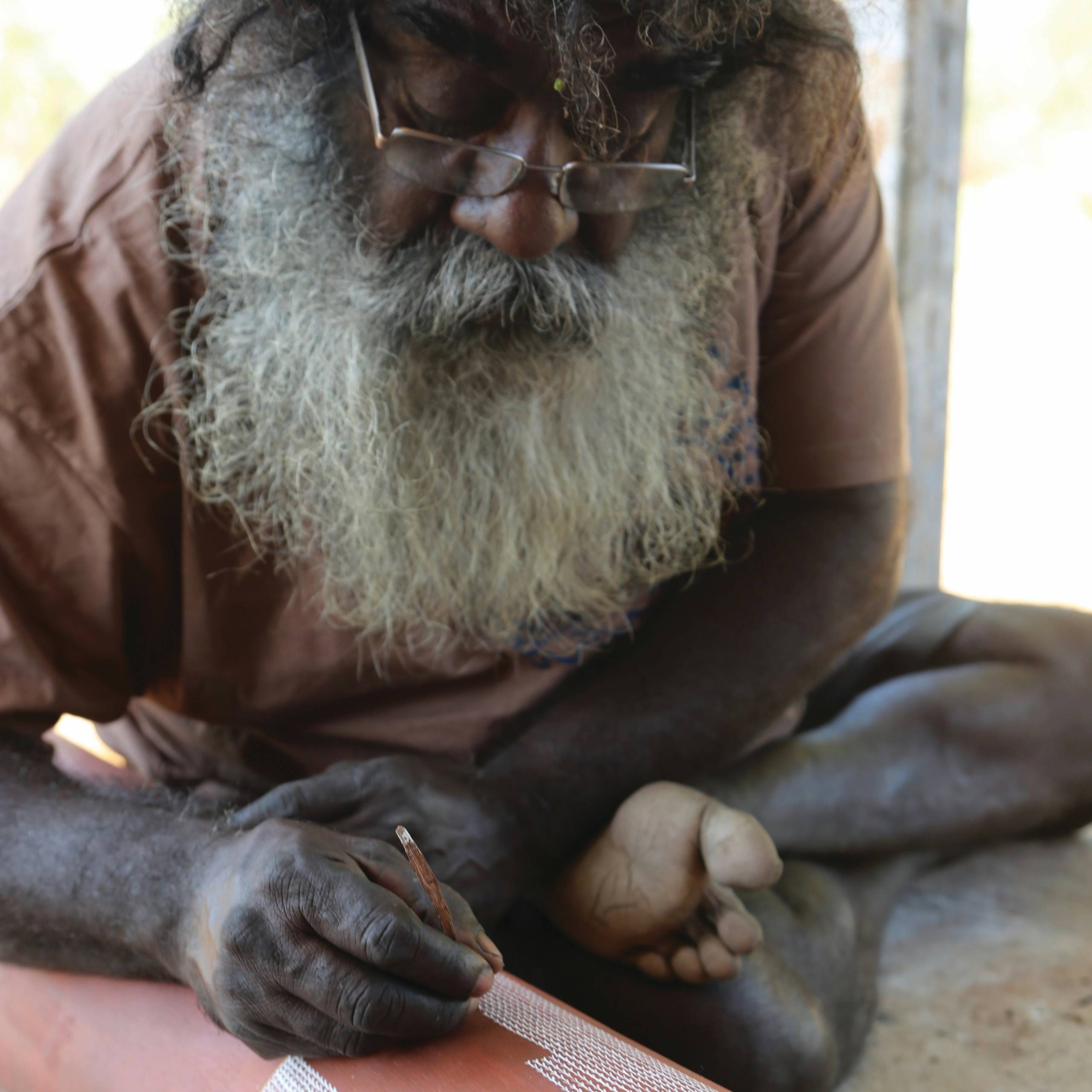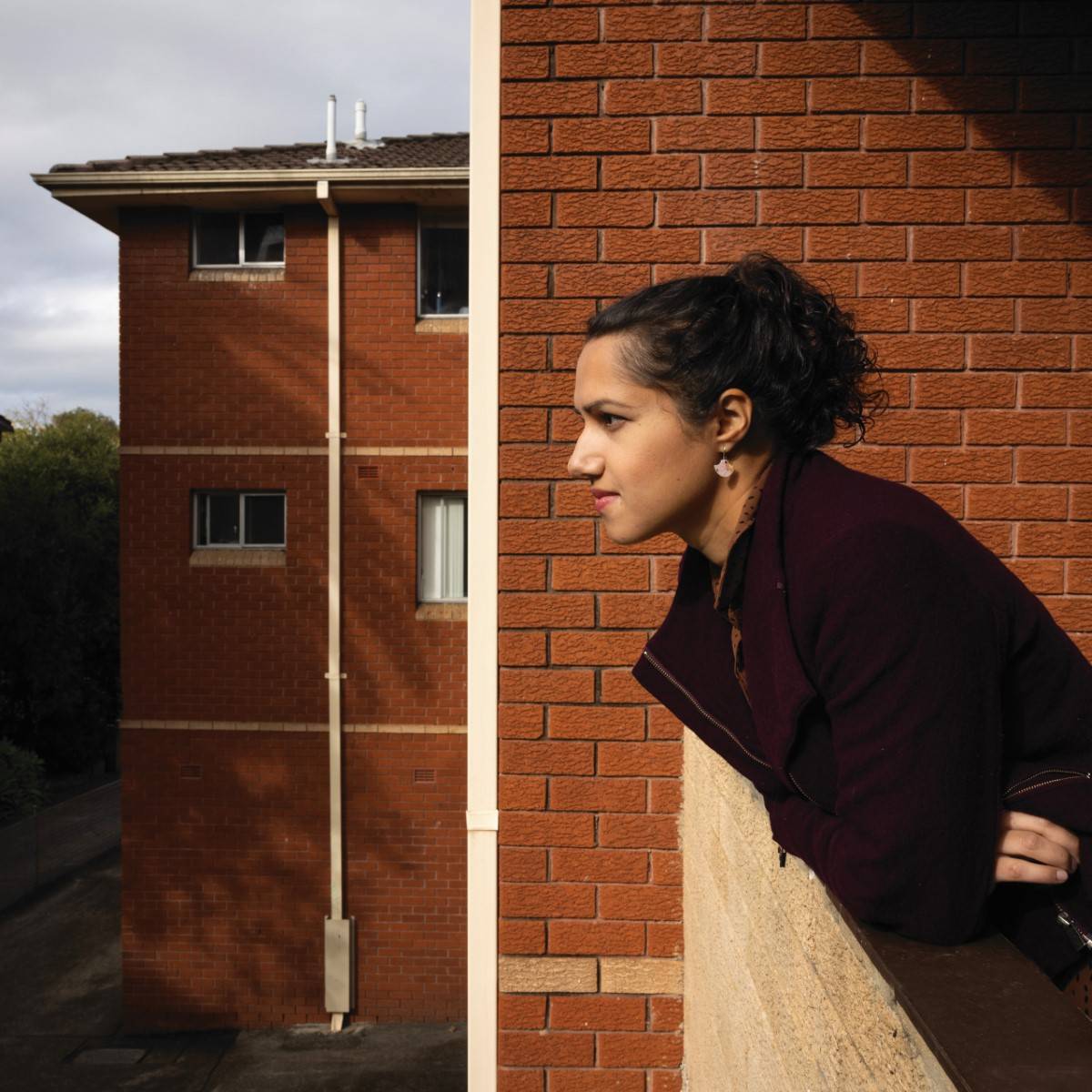Sarah Goffman: Something of Status
Minimalism isn’t really Sarah Goffman’s thing. In her large-scale installations made from common trash, the artist turns our attention to our maximalist existence.
Words: Camilla Wagstaff
“It’s mostly just spray paint and trickery,” says Sarah Goffman of her work. Armed with a rotary tool, a hot glue gun and a soldering iron, Goffman creates exquisite historical replicas and contemporary art pieces out of common trash.
Goffman has always been turned on by materials, and particularly by plastic. “There’s no right or wrong material as far as I’m concerned, any material is worthy of making art out of,” she says. “But we live in a very plastic society, and I’ve always had an attraction to plastics.”
It’s not necessarily even an eco-conscious act, she tells, though that plays in. “It’s more about interrogating the material to really see it for what it is. Take a Mount Franklin bottle. It’s so other to us, even though it’s so ubiquitous in our culture. And when I see one, I just gotta have it.”
Drawing from a whole rainbow of colour-sorted detritus (“boxes and boxes of it in the shed, through the house, it’s problematic”), Goffman recombines and reconfigures, turning items bound for the dump into something precious – something of status.
A 2017 show I Am A 3D Printer saw Goffman simulate the Asian ceramic pieces and objects in the Wollongong Art Gallery collection. She applied her eye to Sydney’s Chau Chak Wing Museum’s collections last year in her solo show Applied Arts. In Precious, her current exhibition at Wagga Wagga Art Galley (on until January 2024), Goffman copied historical and contemporary works from the National Art Glass Collection.
This trash conversion is just the cornerstone of a dynamic, decades-long practice that spans sculpture, video, installation, performance and painting. When we chat, Goffman is preparing for a show at Drill Hall Gallery in Canberra titled Backwash, which brings together a group of artists making art from the “backwash” of modern life. “There’s about 10 boxes of stuff heading up [from Goffman’s home in Melbourne] to Canberra, and I get to formulate the design on site,” says Goffman. “It’s an exciting way to work. I love juxtaposing different objects and works in response to a site, and seeing the conversations that ensue.”
There’ll be slightly more forward planning for her coming commercial show at Void_Melbourne – the first in almost a decade. The plan is to isolate different works from her recent institutional shows, adapting objects and presenting them in new configurations.
Expect stained glass (“they’ll also be plastic, I’m too clumsy to use real glass”), LED-lit paintings and mini copies from the National Gallery of Victoria’s ceramics collection. Suffice to say there will be plenty going on – minimalism isn’t really Goffman’s thing. But for an artist who has primarily shown major installations in institutional spaces, she is cautiously optimistic about working on a more commercial scale.
“I understand that most collectors don’t exactly live in an aircraft hangar,” she says with a laugh. “I’ve been thinking about work in more of a domestic context. My work is literally domestic objects assembled to make larger installations, but they can be broken back down very easily.”
Whatever the medium, Goffman believes her role as an artist is to respond to what’s going on in the world around her. Her practice asks us to revaluate and revalue our relationship with materials by considering them in curious and thought-provoking contexts.
“We are all seeing what’s happening and responding in our own way, with what materials we have at hand,” she concludes. “Some artists have oil on canvas. And then there’s me, burning holes in plastic bottles.”
Featured Image: Sarah Goffman, Black and Whites, 2021. PET plastics, enamel paint, hot glue. Photo: David James. Courtesy: the artist and Void_Melbourne, Melbourne.
This article was originally published in Art Collector issue 106, October-December 2023.









